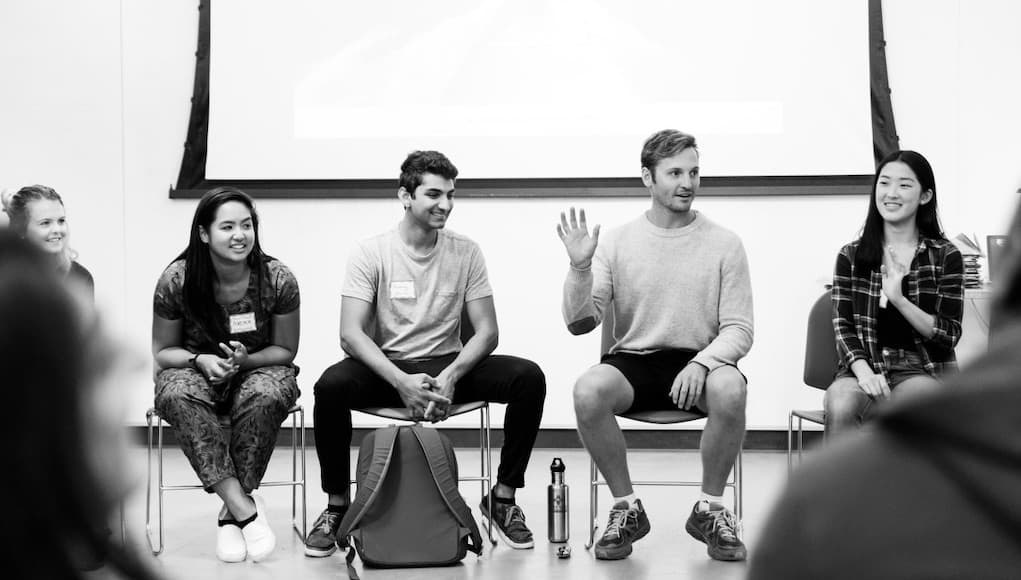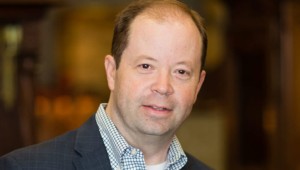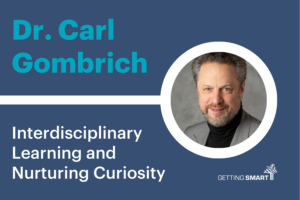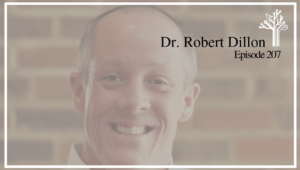Developing Purposeful Peak Performers

By: Tim Klein
It was at mile 16 of the Boston Marathon that I “hit the wall.” My entire body was giving out on me and I wanted to quit. I had started the race strong, passing hundreds of other runners. Now, runners on both sides were effortlessly passing me. My legs were killing me and my chronic plantar fasciitis had returned. It was bad timing; I was approaching the steepest and most difficult portion of the race, culminating at mile 20 in the aptly titled Heartbreak Hill. This is the section of the course where runners give up.
Knowing what lay ahead, and unsure if I was up to the challenge, I asked myself some big questions:
Why was I doing this?
Why endure the pain?
Why not give up?
The answers were waiting at the top of Heartbreak Hill, where a group of students I mentored had come to watch me run. There was one student in particular I was running to see: Ray.
Ray was a student I mentored as the outreach director for Summer Search, a non-profit program for low-income and first generation high school students. In just a few months, Ray was going to attend a pre-college program at Brown University. I knew this trip could be life-changing for him; not only would it keep him out of the city during the dangerous summer months, but, as a first generation student, it would provide him a view of higher education he’d never had before. Ray would be living in a college dorm on campus, eating in the dining halls, and taking college-level classes. Ray was one of the most resilient and remarkable students I had the privilege to work with, but he had major doubts whether he could succeed in college. I was hoping this experience would show him that he didn’t just belong in college, but that he could thrive there.
I entered the Boston Marathon as a charity runner, and after six months of fundraising, I’d raised the exact amount that would pay for Ray to attend the pre-college program. This didn’t feel like a coincidence, and when I asked myself that collection of “Why” questions, I had a profoundly meaningful answer ready: it was for Ray.
This realization altered my relationship with the pain I was experiencing. Pushing through the suffering became a physical manifestation of my unwavering commitment to Ray and my students. It transformed the physical pain from a source of unbearable suffering into a point of immeasurable pride. Once I refocused on why I was in this marathon, it changed my perception of what I was trying to achieve: I wasn’t just running in a race; I was doing something to help a student I cared about deeply.
When I reached the top of Heartbreak Hill, more walking than running, but never stopping, I saw Ray and my students cheering me on. Their support made me feel a deep gratitude and provided a surge of energy I didn’t know I had. It was that very energy that carried me to the finish line—despite having ruptured my plantar fascia earlier in the race—limping the entire way.
After finding the strength to finish the Boston Marathon, I was convinced I had unlocked something powerful.
Building Academic Endurance
The more I thought about it, the more I saw a connection between my marathon experience and what my students are asked to endure academically.
To students, high school often feels like a marathon — they’re expected to forego the short-term benefits of fun and relaxation for longer-term aspirations of college and career success. They’re told if they take the most rigorous courses, sacrifice their free time and devote it to studying, homework, and extracurriculars, if they score well on standardized tests and stay out of trouble, then they’ll give themselves the best chance to get into a competitive college. The short-term sacrifice for a long-term goal mapped exactly on to my experience of training and running the Boston Marathon.
Once I made the association between marathons and education, I began to wonder: could the strategies and tactics of elite marathoners hold the secret to helping my students? Could these principles be applied to education?
It was these questions that led me to the science of peak performance.
The process of attaining peak performance was first discovered by famed psychologist Benjamin Bloom. Bloom interviewed experts in a variety of different fields to understand their success. His research identified a three-stage process that each interviewee went through to become elite: play, practice, and finding purpose.
The first stage is intuitive. In the play stage, people discover an activity they enjoy. Play sparks the motivation to get better, which leads to stage two, practice. In this stage, a coach, parent, mentor, or teacher provides positive reinforcement, further motivating the person to pursue the activity.
While the first two steps to peak performance may seem obvious what’s not so obvious or apparent is the third—and arguably the most important—stage: finding purpose.
Too often in the world of professional sports, much is made of top athletes’ natural physical traits. We marvel at their speed and strength, and the ease and grace at which they succeed. However, the often-overlooked trait that separates the very best from the merely excellent is an unrelenting commitment to their craft. Most peak performers have dedicated their entire lives to pushing themselves to their limits.
To maintain the drive necessary to constantly engage the deliberate practice it takes to reach this potential, practitioners must have a deep source of motivation. That motivation comes from the final stage of peak performance, cultivating a sense of purpose.
In this context, purpose ties the pursuit of excellence to something beyond the self and the belief that pursuing this aspiration will help others—family, friends, society or even the world. It’s this sense of purpose that gives peak performers the resilience to endure years of practice, injuries and failures on the path to peak performance.
This focus on prosocial motivations, or tying athletic achievement to a cause beyond the self, is prevalent in top athletes.
Helping Students to Find Their “Why”
NBA Star Russell Westbrook writes “KB3” on his shoes before every game as a remembrance of a childhood friend who died while playing a pickup game of basketball.
Upon winning the MVP award for best player in the NBA, Kevin Durant, proclaimed in his acceptance speech that his mother “was the real MVP” because she had sacrificed so much to help him realize his dreams. He said his motivation to reach the NBA came from his desire to help her.
While it’s easy to find examples of peak performers attributing their motivation to something beyond themselves, in education, helping students cultivate a sense of purpose is rarely prioritized.
Many schools focus on the first two steps of peak performance, play and practice, but overlook the last but most important aspect of peak performance: helping students cultivate a sense of purpose.
The key to getting peak performance from students is to help them understand why it’s worth their while to engage in school in the first place, and how their efforts will benefit the world beyond themselves. Like athletes, when students connect purpose to their school work, they become peak performers. Purposeful students are more engaged in school, more self-directed, get better grades, and are more likely to thrive in college, in their careers and their lives.
The majority of students aren’t given the opportunity to explore how college aligns with what they find personally meaningful, or how it could help them contribute to the world beyond the self. The irony is that if schools spent more time helping students articulate a sense of purpose, it would lead to improved performance in the classroom, and ultimately better college outcomes.
Helping students and educators cultivate this purpose in school is why I left my own school to join Project Wayfinder, one of many organizations in the new and emerging field of purpose learning, which offers a year-long high school curriculum focused solely on identifying purpose.
Even without a purpose-focused curriculum, educators can start helping cultivate a sense of purpose right now. It starts with getting curious about students’ motivations. What do they care about? What excites them? What takes up most of their time and energy? What makes them mad? What problems do they want to solve?
The answer to these questions can provide the clues to sense of purpose. From there, it’s up to educators to help connect the things students find purposeful to their educational experience and make explicit how succeeding in school can help students achieve the aspirations that matter most to them. This whole process starts by engaging authentically with students and asking meaningful questions.
To become the best, elite athletes endure thousands of hours push their minds and bodies to the limit. They face brutal weather and chronic injuries. To make it through this punishment, each athlete must ask themselves a simple yet profound question:
Why am I doing this?
The athletes who make it through have a clear and enduring answer that aligns their athletic performance with a greater sense of purpose. Imagine if schools adopted this strategy and gave students the resources and support to articulate their reasons for pursuing an education. We would see more engaged, resilient, and self-motivated students. If we are going to ask students to fully commit to the marathon that is preparing for college and a career, it’s time to tap into the secret of peak performance and start asking them the most important question:
Why?
For more, see:
- 15 Actionable Strategies for Increasing Student Motivation and Engagement
- Increase Student Motivation through Autonomy, Mastery and Purpose
- A Teacher’s Perspective on the Importance of Sharing Students’ Learning
Stay in-the-know with all things innovations in learning by signing up to receive the weekly Smart Update.
Tim Klein is an award-winning urban educator, clinical therapist, and school counselor. Over the last decade, he’s worked intensively with marginalized and underserved students to empower them in pursuing meaningful and fulfilling lives. Currently, he is the director of strategic partnerships for Project Wayfinder. Follow Project Wayfinder on Twitter: @projectwayfindr.







0 Comments
Leave a Comment
Your email address will not be published. All fields are required.